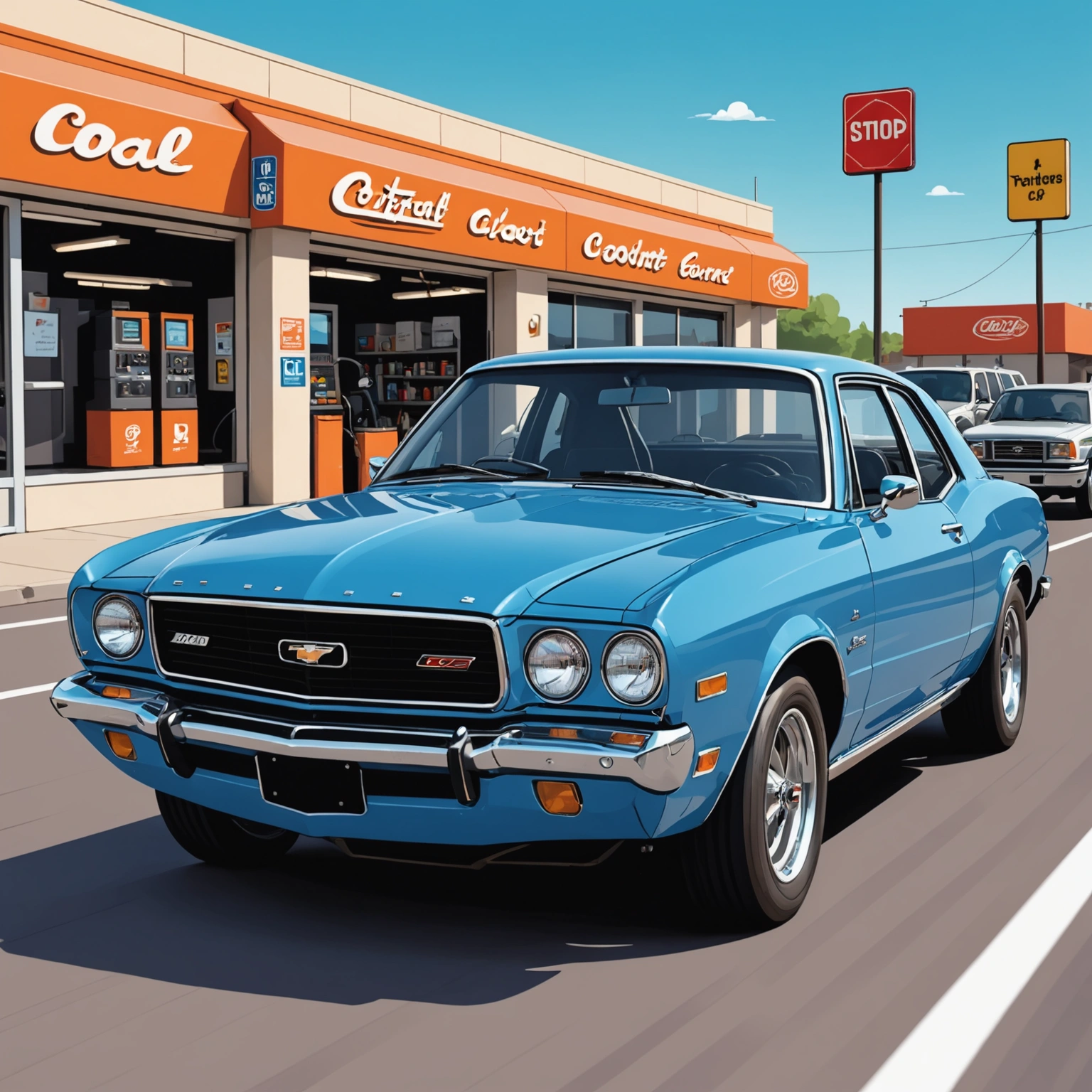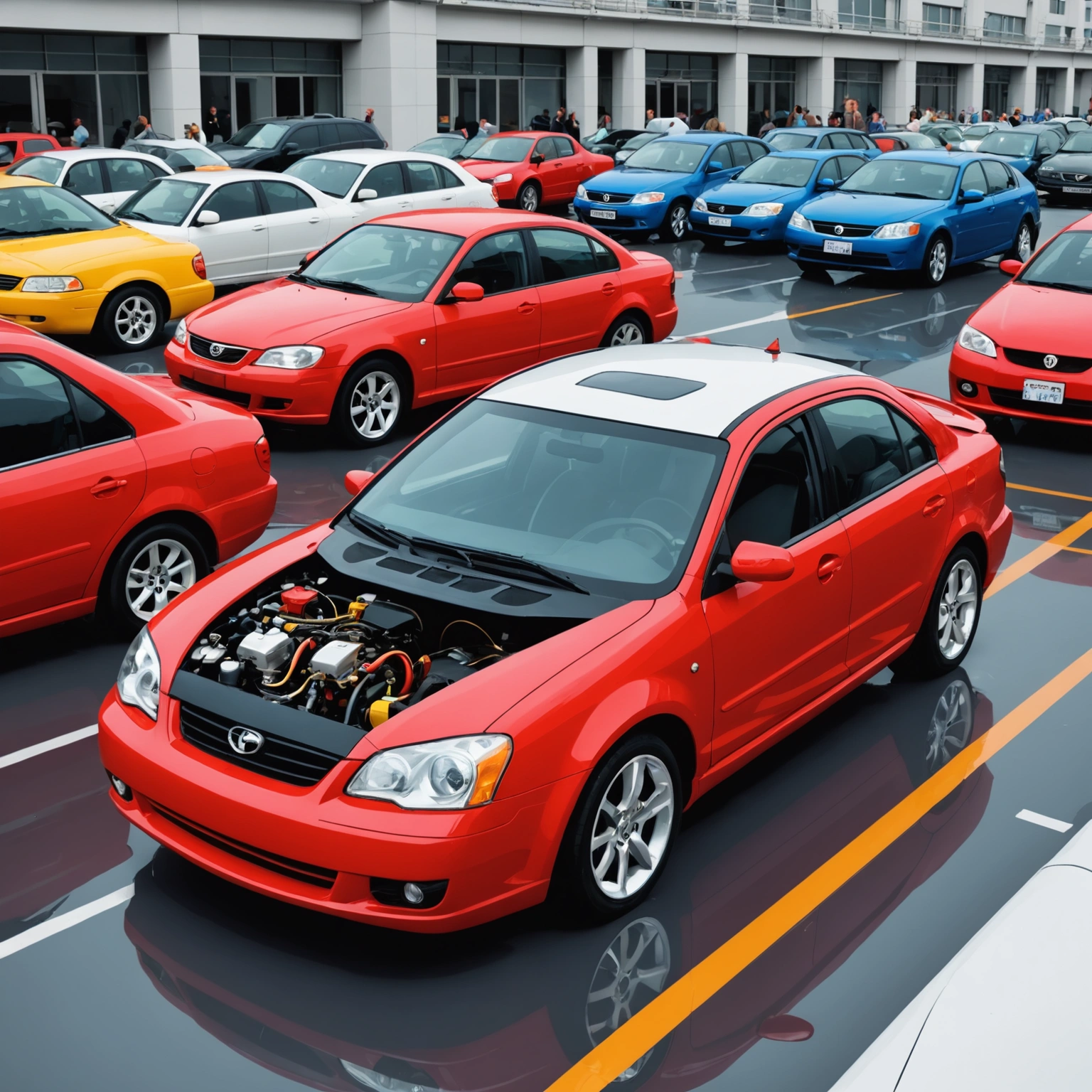**Which Coolant Does My Car Take? A Guide to Choosing the Right Coolant for Your Vehicle**
Maintaining your vehicle’s cooling system is essential for optimal performance and longevity. One of the most crucial aspects of this maintenance is ensuring your car uses the correct type of coolant. Using the wrong coolant can lead to corrosion, overheating, or even engine damage. So, how do you determine which coolant your car takes? Let’s explore the essentials.

### What Is Coolant?
Coolant, also known as antifreeze, is a fluid that circulates through your engine and radiator to absorb heat and prevent freezing in cold weather. It also protects against corrosion and helps maintain the engine’s temperature within the ideal range.

### Types of Coolant
There are primarily two types of coolant:

1. **Inorganic Acid Technology (IAT):**
– Typically green or yellow.

– Used in older vehicles.
– Requires replacement every 2-3 years.
2. **Organic Acid Technology (OAT):**
– Usually orange, red, or purple.
– Designed for longer service life.
– Can last up to 5 years or 150,000 miles.
3. **Hybrid Organic Acid Technology (HOAT):**
– Often yellow, turquoise, or pink.
– Combines properties of IAT and OAT.
– Usually lasts longer than IAT but shorter than OAT.
### How to Find Your Car’s Correct Coolant
**1. Check the Owner’s Manual:**
Your vehicle’s manual is the most reliable source. It specifies the type and concentration of coolant recommended by the manufacturer.
**2. Look at the Coolant Reservoir or Radiator Cap:**
Many vehicles have labels indicating the type of coolant to use. Be cautious, as older vehicles may have different requirements.
**3. Consult the Vehicle Manufacturer or Dealer:**
If uncertain, contact your dealership or manufacturer’s customer service.
**4. Examine the Existing Coolant:**
If you’re planning a flush or top-up, take a sample of the current coolant to an auto parts store for identification.
### Key Considerations When Choosing Coolant
– **Compatibility:** Always use the type specified for your vehicle.
– **Color:** While color can be an indicator, it’s not definitive. Always verify with the manual.
– **Dilution:** Some coolants are pre-mixed, while others require dilution with distilled water.
– **Additives:** Certain coolants contain corrosion inhibitors and anti-boil agents; ensure these match your vehicle’s requirements.
### Tips for Maintaining Your Cooling System
– **Regular Checks:** Inspect coolant levels and condition at least twice a year.
– **Flush and Replace:** Follow your manufacturer’s recommendation for coolant replacement to prevent corrosion and buildup.
– **Use Distilled Water:** When mixing or topping up, use distilled water to avoid mineral deposits.
### Final Thoughts
Choosing the correct coolant for your vehicle is vital for engine health. Always prioritize your vehicle’s specifications and consult your owner’s manual or a professional mechanic if in doubt. Proper coolant maintenance helps ensure your car runs smoothly, efficiently, and reliably for miles to come.
—
**Remember:** Using the wrong coolant can lead to costly repairs. When in doubt, it’s safer to consult a professional before adding or replacing your vehicle’s coolant.

